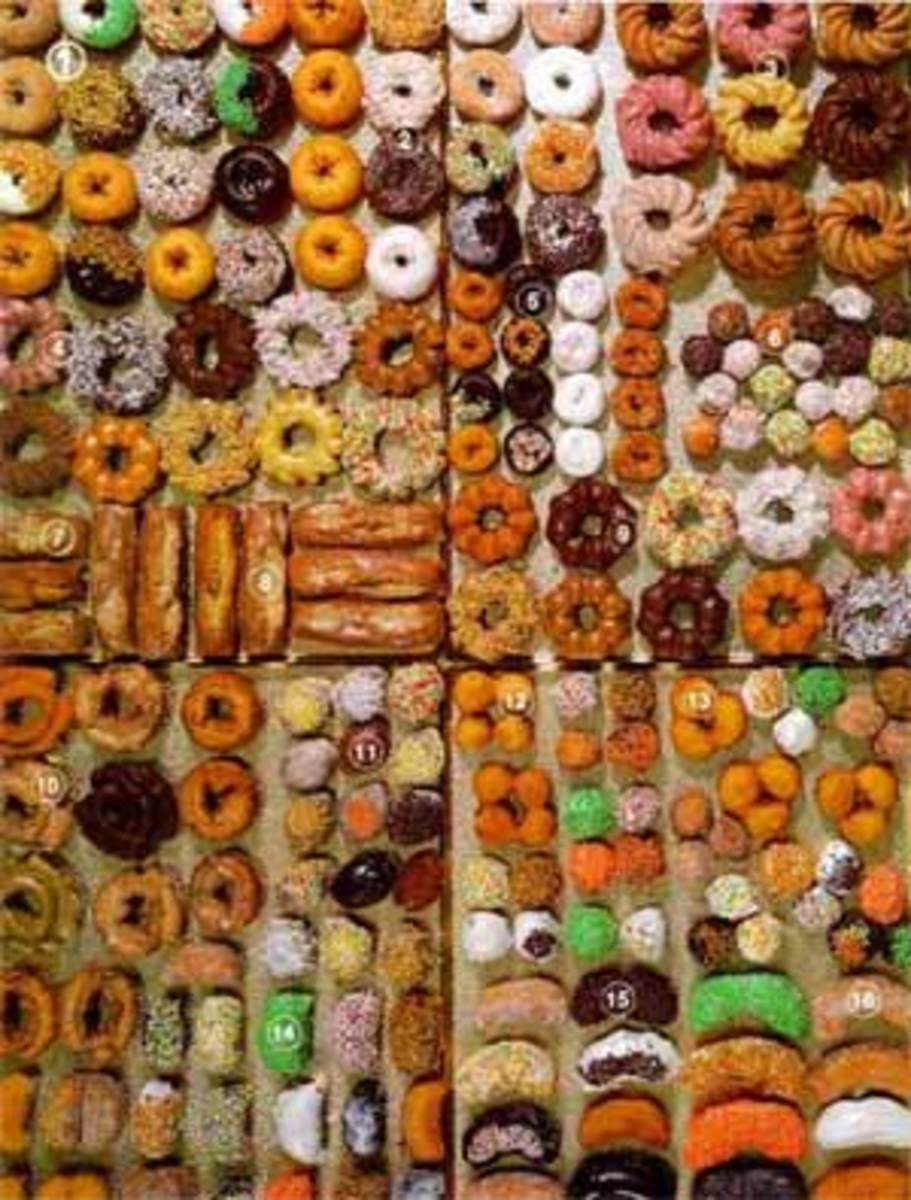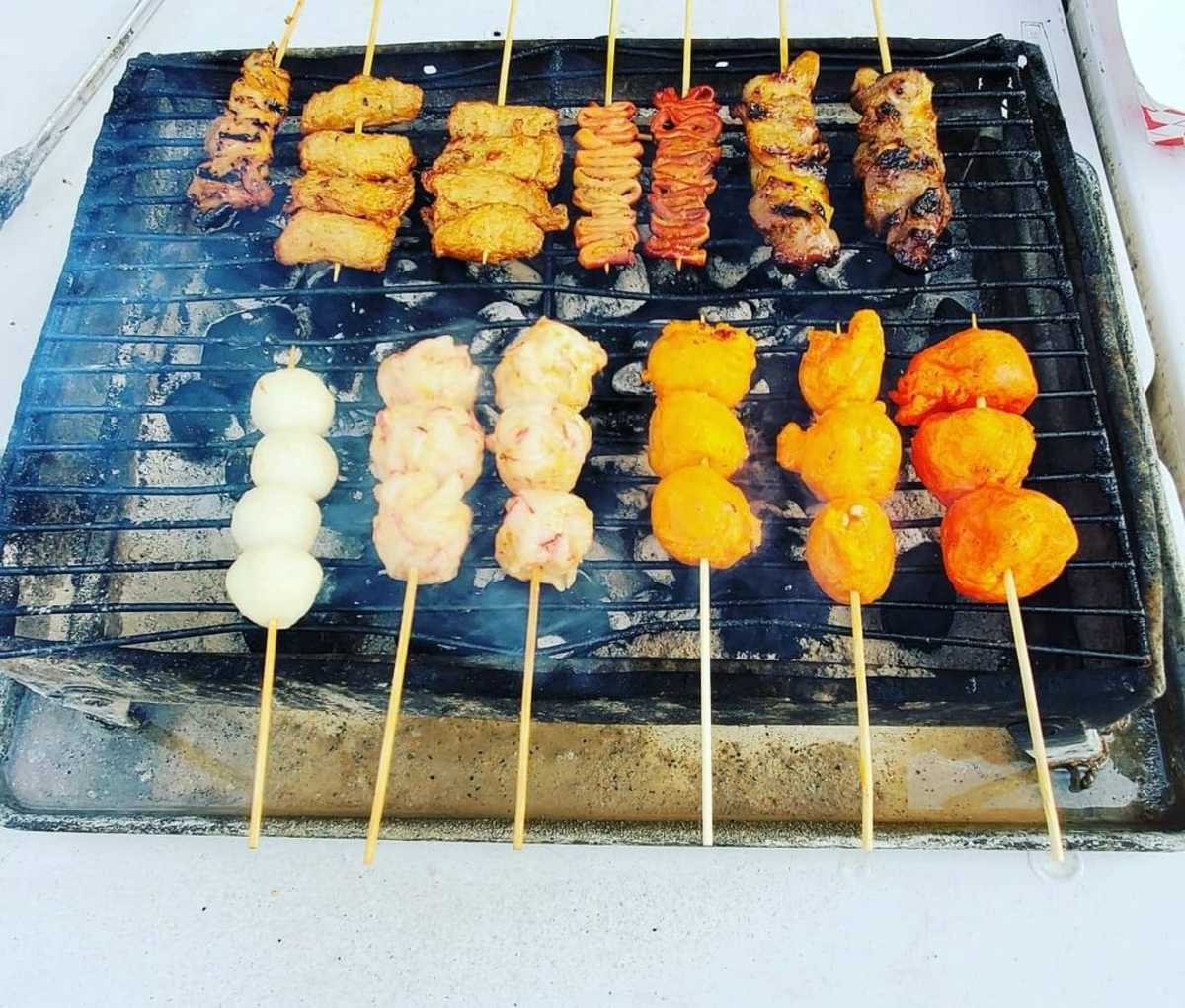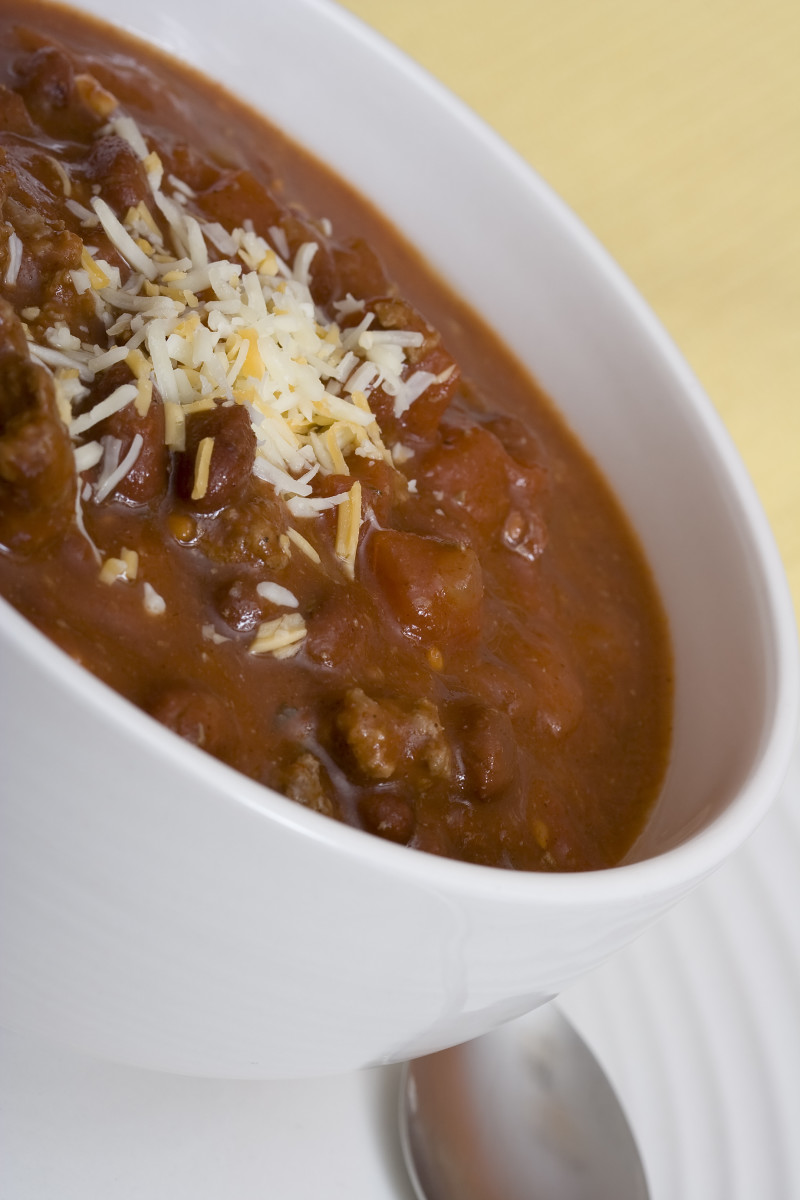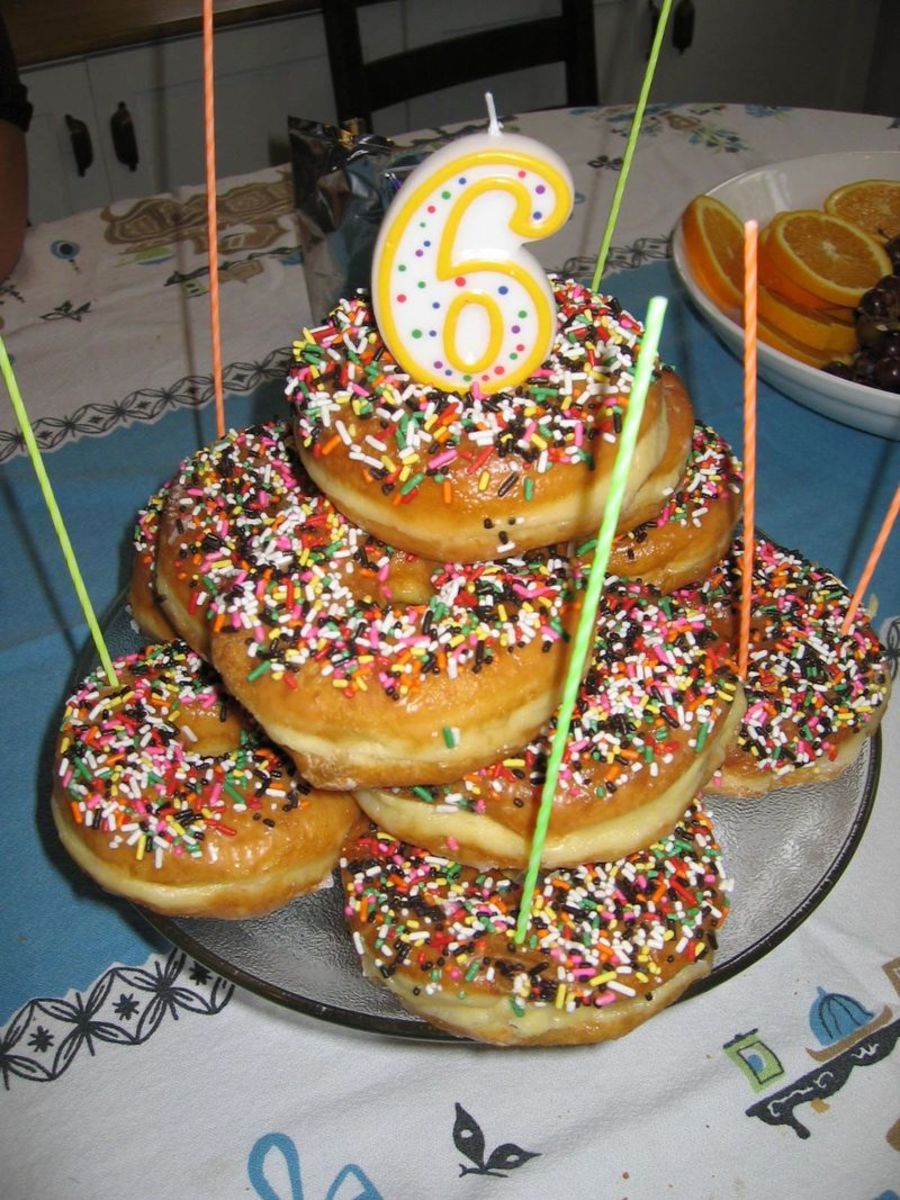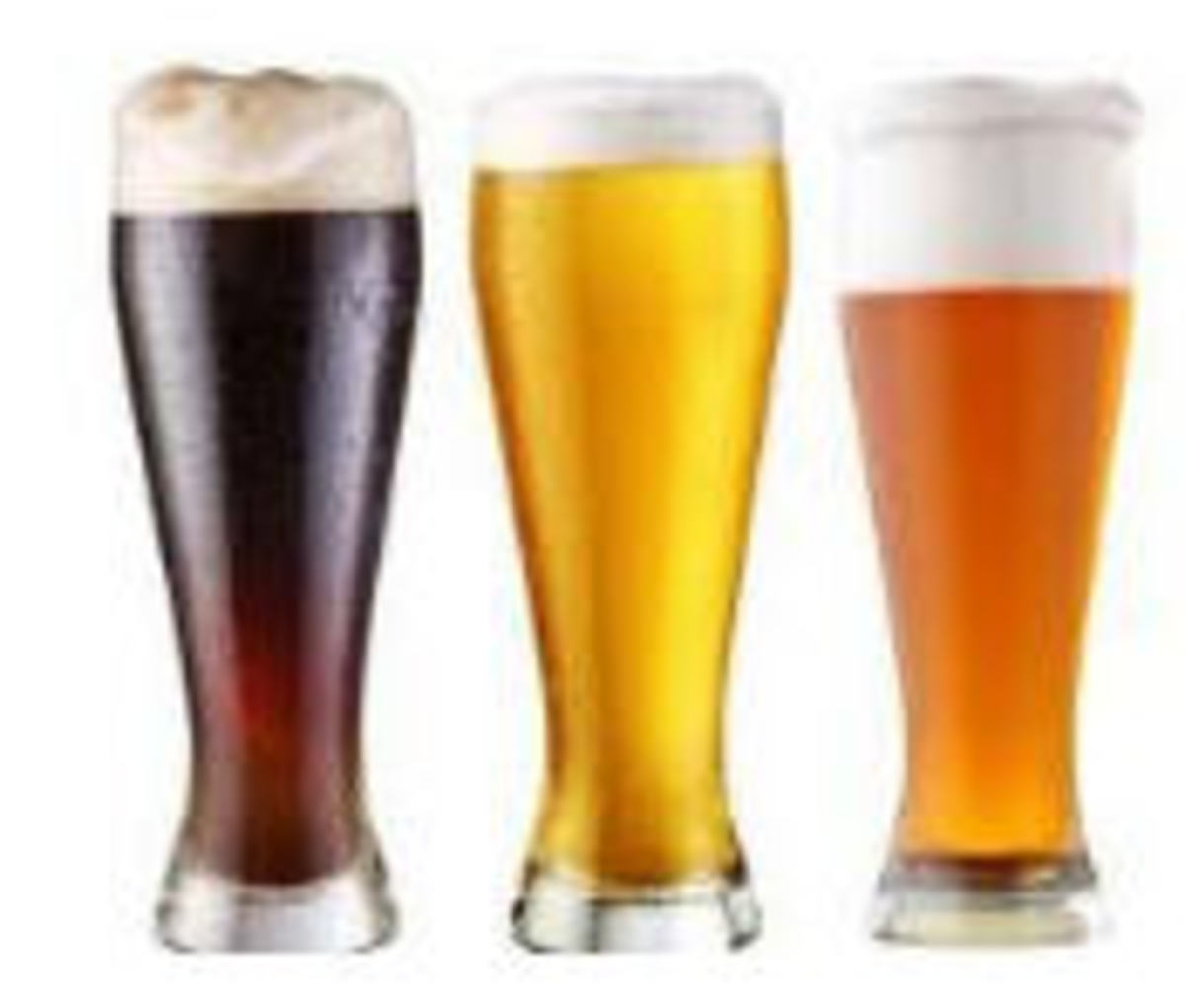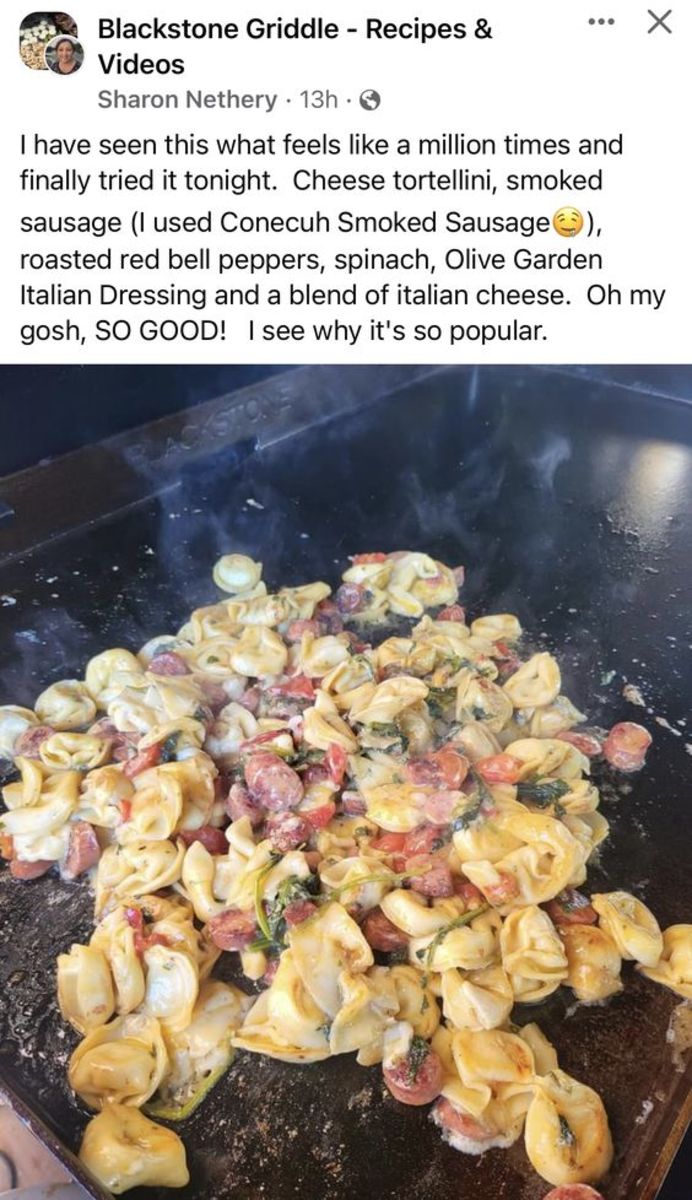The History of the Doughnut
Or is it Donut?
The definition of a doughnut (or donut) is a deep fried ring of dough that is then glazed or injected with jelly to be served and enjoyed as a treat. The two most popular doughnuts are the ring doughnut and the filled doughnut (most commonly filled with jelly or creme). The proper spelling of the fried dessert is, doughnut, but many spell it, donut, due to the popular corporate businesses. This popular sweet treat has become very popular over the years and has a very unique and interesting history and is also one of the most commonly misspelled words today.
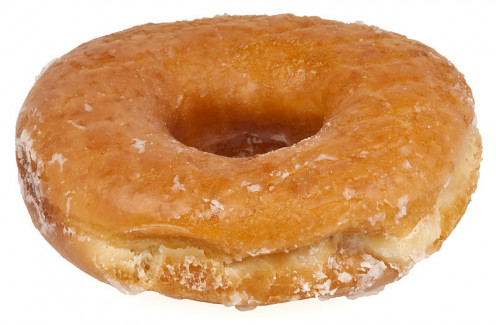
The History of the Doughnut in the United States
The doughnuts origin is not quite clear, but there are many theories as of where and how the sweet, fried, doughnut came to be (at least in the US anyway). Even though no one is quite clear on the origin of the doughnut, America has a a clear connection with the glazed or jelly filled treat that has turned into a very popular breakfast treat paired with a hot cup of coffee.
It is difficult to say where exactly the doughnut originated from, some speculate the the doughnut was invented in North America by Dutch settlers, while others claim that the doughnut originated in the 1800's. A man named Hanson Gregory (an American man) claimed that he was the first person who invented the ring-shaped doughnut in 1847 while aboard a lime-trading ship when he was only 16 years old. He claimed that he could not eat the greasy, fatty doughnut twisted into shapes, so instead he punch a hole in the dough, and later taught his mother the little trick. There are people whom believe that the first doughnut came to the United States in 1803 which was seen in the first cookbook that mentioned doughnuts as an American recipe. However American came to attain the ring-shaped doughnut, by the 19th century the doughnut gained a large popularity amongst Americans and was finally viewed as an American food and become a huge part of pop-culture.
American have a very close connection with the sweet, fatty, delicious treat and have even created an entire day to celebrate the pastry. National Doughnut Day celebrates the doughnut's history a huge role in American pop-culture. Dougnuts have made their way into popular American films and television shows. American police offers are even stereotypically known to consume doughnuts and coffee as the main staple in their diet.
Etymology
Doughnut
There have been several recordings using the term “doughnut” as early as 1808 in many stories and books. The first actual written recording of the term “doughnut” was written in 1808 in a short story describing a delicious spread of “fire-cakes and doughnuts”. Also, in 1809 in The History of New York, Washington Irving made reference to the doughnut (this is considered to be the actual first written evidence of the term doughnut). Irving wrote, “balls of sweetened dough, fried in hog's fat, and called doughnuts, or olykoeks” These “ball of fried dough” that Irving wrote upon was probably referring to the well known doughnut hole (a smaller form of the donut made to sway people into thinking is is the dough that is taken out to form the hole in the ring-shaped doughnut). “doughnut” is the more traditional spelling and still dominates outside of the United States. Today both forms “doughnut” and it shortened predecessor “donut” are both used and understood in the American English language.
Donut
The first known printed use of the term “donut” was published in 1900 by George W. Peck in Peck's Bad Boy and his Pa. Peck wrote, “...he would just drink a cup of coffee and eat a donut”. The alternative spelling “donut” was invented in New York when the corporation Doughnut Machine abbreviated the word so that foreigner costumers would be able to easily pronounce the word correctly. Soon after many other corporations and businesses began to also abbrevaite the word for similar reasons, such as Dunkin Donuts. After businesses began to abbreviate the word “doughnut” to make it easier to pronounce for costumers it caused a large amount of confusion and soon enough the word became one of the most common misspelled words in the American English language.
How do you spell it?
So, is it Spelled Doughnut or Donut?
The two spellings “doughnut” and “donut” can now be used interchangeably. The spelling “doughnut” is used internationally and is most common around the world and is the proper spelling. The spelling “donut” is American and is improper, but most Americans believe it to be correct and therefore is a socially acceptable spelling. One should realize that the correct, proper, and respected way of spelling this word is doughnut (not donut). The correct, proper, and respected spelling of the deep fried dough treat (now commonly consumed at breakfast time) is doughnut.
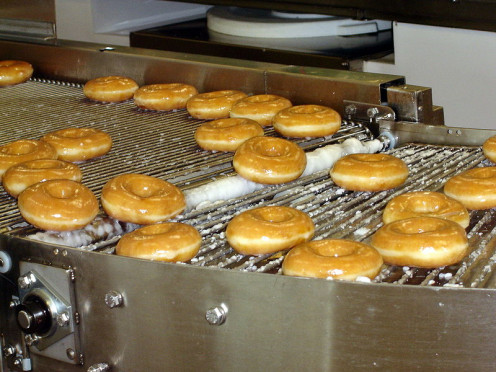
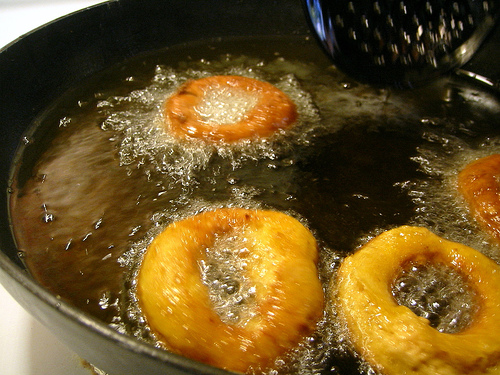
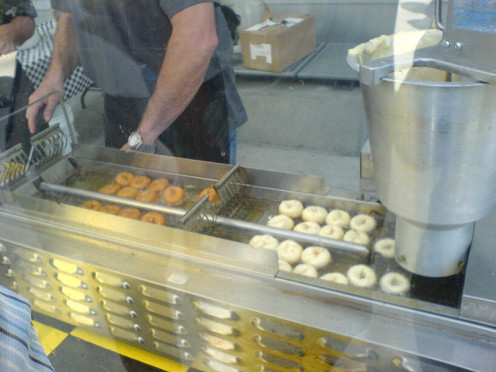
How are Doughnuts Made?
There are several different ways a baker could make the same circular shaped baked good. One way to make a doughnut is by joining two ends of a long, skinny, and stretched piece of dough, and then fried. Doughnuts can also be made by using a “doughnut cutter”, which simultaneously cuts the outside and the inside of the dough to make the ring shape (the extra dough is then used to make other shaped doughnuts or doughnut holes). A disk shaped piece of dough can also be pinched and hand formed to make the classic American ring shaped doughnut. Doughnuts can be made from cake batter or yeast batter. Yeast batter takes longer to fry and must be placed in boiling oil and fried for 150 seconds, whereas cake batter doughnuts only need to be fried for 90 seconds. Both types of doughnut need to be fried in oil at a temperature of 190 degrees Celsius. Cake batter doughnuts are more light and fluffy and weigh about 25 grams, whereas yeast doughnuts are heavier and absorb more fat and weigh about 38 grams. After the frying process, the doughnuts are then often topped with a glaze or powdered with cinnamon or confectionery sugar. Some doughnuts are even injected with a jelly or crème after frying, which creates a jelly doughnut or a boston crème doughnut (these doughtnuts are not ring-shaped, but instead are a disk shape, or doughnut holes). Doughnuts can be manipulated and formed into any shape the baker desires. The classic shape is the ring shaped doughnut, but they can come is disk shapes, twists, rectangles, small spheres (known as doughnut holes), etc.
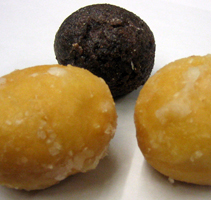
Doughnut Holes
Traditionally, doughnut holes are made by removing the center portion of the dough that is meant to be fried into the ring shaped doughnut, and then the smaller portion of the dough is deep fried into making a spherical, small pastry (or doughnut) that are then glazed or powdered just as a normal doughnut would be. “Commercially made ring doughnuts are not made by cutting out the central portion of the cake but by dropping a small ball of dough into hot oil from a specially shaped nozzle. Doughnut sellers saw the opportunity to market "holes" as a novelty, as if they were the portions cut out to make the ring” (wikipedia).
Fun Facts
- The spelling Donut appears about a third of the time in published American writing, even though the spelling doughnut is still favored by a large margin of writers inside and outside of the US.
- There are doughnuts made out of potatoes, often referred to as "spudnuts" (in the US and Canada).
- In Finland, there is a doughnut filled with meat.
- There are hundreds of different types and styles of doughnuts, and each country around the world has a different and unique version of the favored, sweet, fluffy, and fattening treat.
- Spell check does not recognize the spelling doughnut, but does recognize the spelling donut.
Doughnuts from Around the World
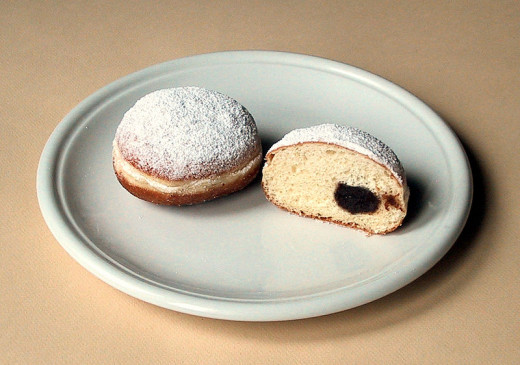
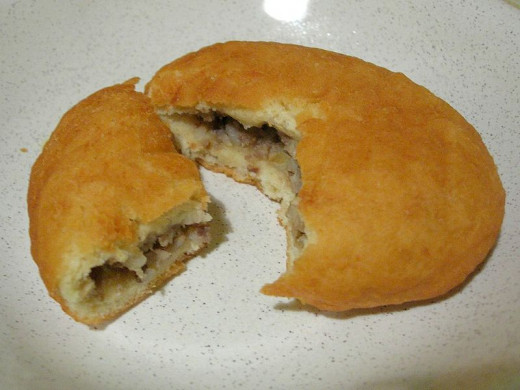
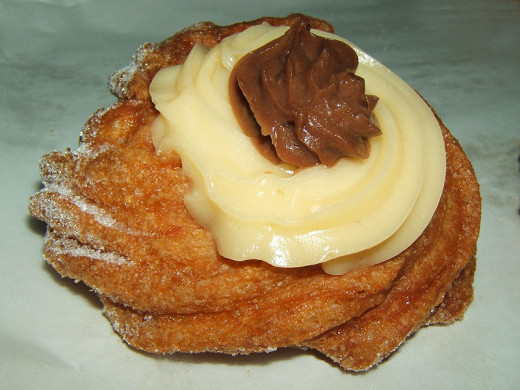
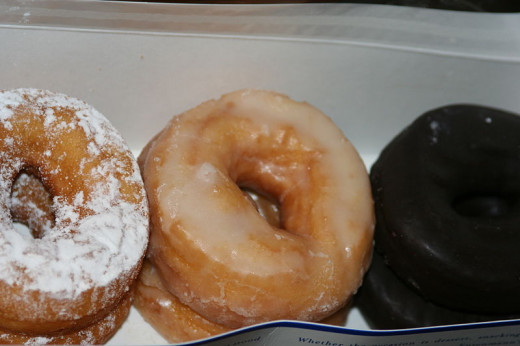
How to Make Homemade Doughnuts
Sources
http://en.wikipedia.org/wiki/Doughnut#United_States
http://grammarist.com/spelling/doughnut-donut/



